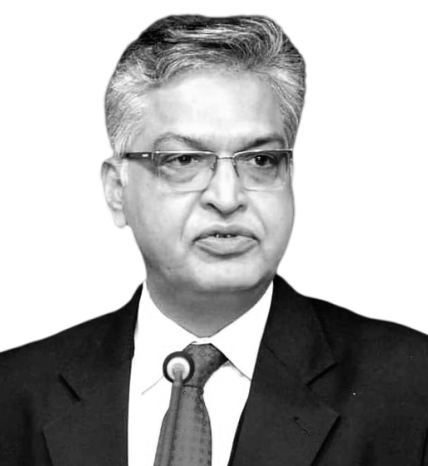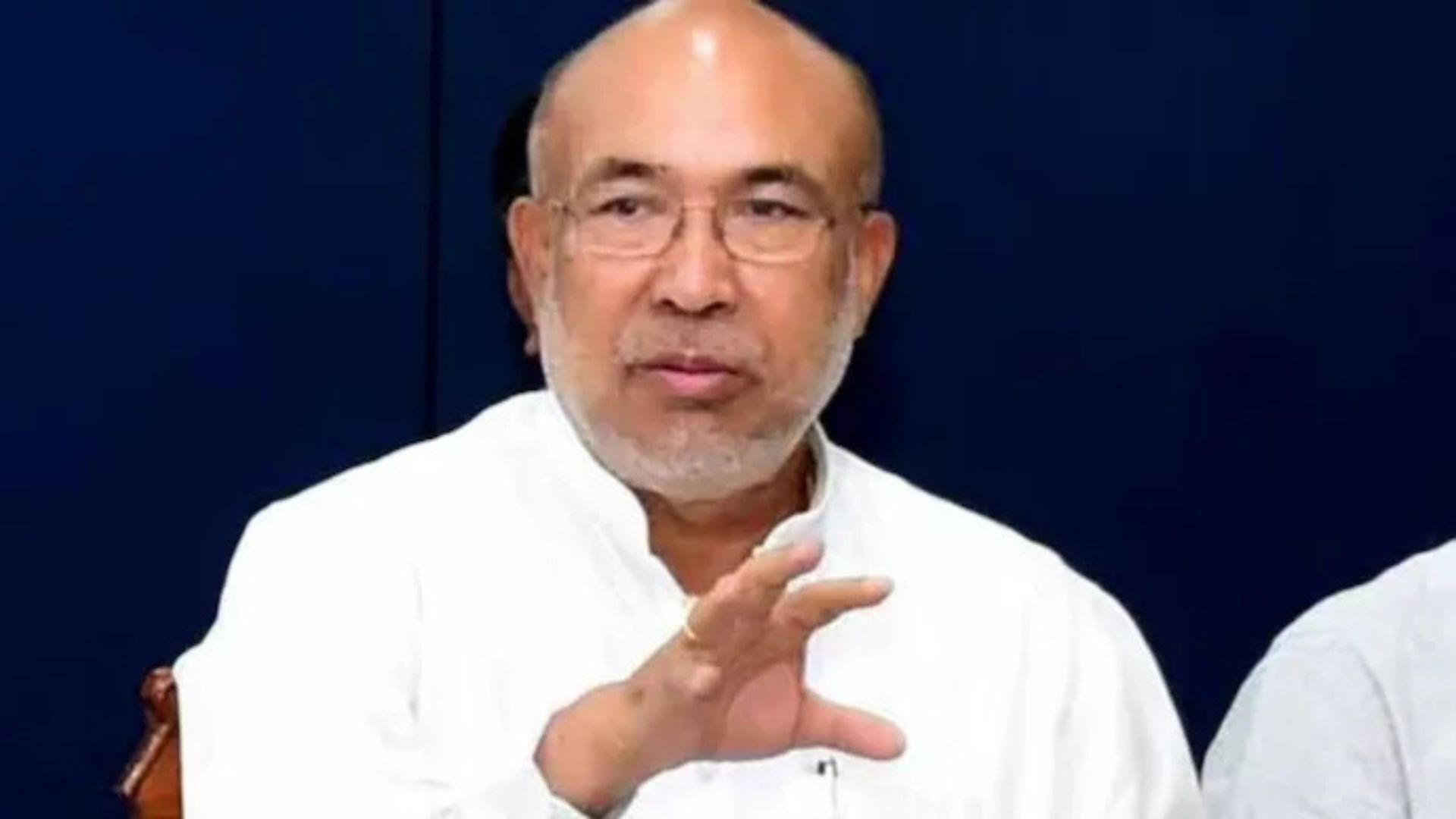
The demand-supply mismatches do not necessarily get reflected by the pressure on prices alone. Depending on the type and form of the market, they get manifested in various kinds of aberrations and distortions.
Take the case of the higher education market. It is characterised by numerous players with a large number and variety of near-uniform products but with marginal to substantial differentiations. Their inputs, processes, output and end-products are supposed to be standardised and nearly uniform but that happens rarely.
An overwhelming majority of professional and technical higher education providers find it difficult to fill up their intake capacity. They all are approved by the regulatory authorities and are supposed to be meeting at least the minimum prescribed norms and standards to offer higher quality education. Gloomily though, they are not seen offering a value-for-money proposition.
On the other hand, a small number of institutions and programmes are perceived to be offering high-quality education at a reasonable or affordable cost that they are overwhelmed by millions of applications for only hundreds of seats.
These institutions need to apply some kind of filter to shortlist and select the required number of students out of the whole lot. Somehow, they no more rely on the marks/grades of the qualifying board or university examination and prefer to pick up students based on scores obtained by them in specially designed entrance/admission tests/exams. They also rule out the SAT (Special Aptitude Test), GMAT (Graduate Management Aptitude Test) and GRE (Graduate Record Examination) type tests. They prefer programmes and discipline-specific examinations and thereby requiring potential students to prepare for and appear in many different entrance examinations.
All aspirants pursue to maximise their chances to get a seat in a programme and institution of their first preference. The consequent aberration manifests in the form of the coaching and tuition industry which thrives on its ability to communicate and convince that it will significantly enhance the chances of aspirants in their endeavours. Coaching to crack competitive examinations is no more confined to urban areas. The industry has penetrated across all demography and is spreading fast with the EdTech companies seeking to capture a mega share of the market space.
Way back in 2015, the Associated Chamber of Commerce and Industry (ASSOCHAM) had estimated the tuition and coaching industry in India worth $40 Billion (Rs. 2.39 trillion) with 70% of parents/guardians willing to shell out a substantial sum on the tuition of their wards. A study by the Asian Development Bank (ADB) estimated that shadow education and private supplementary tutoring in Asia were poised to grow by 15% a year and that nearly 83% of India’s high-school-going children attended coaching classes.
It is estimated that a fourth of aspirants go to private tuition and coaching institutes. On average, 12% of the household income is spent on tuition in India. The middle class in India spends close to Rs. 25,000 Crores on tuition, in addition to paying approximately Rs. 1.9 trillion on school fees.
The multiplicity of entrance examinations and expenses that they entail add to the cost, woes and enormous hassle to the students and their parents. Students belonging to socio-economically disadvantaged groups are the worst hit. At the same time, the cutthroat competition triggers demand for reservation by different sections of the community for they see it as an instrument for assured and exclusive access to the higher education of their choice.
Worst of all, the grinding crucible of coaching exerts tremendous pressure which many find difficult to cope with and break down. This leads to depression and suicidal tendencies in some of the kids. Reportedly, nearly two dozen bright young students took their lives in 2022 in Kota alone.
That is not well as far as the development and growth of professional and technical higher education are concerned. The acute demand-supply gap has not only led to a commercially driven parallel education system.
The way we attract, select and admit students in the high demand programmes and institutions exacerbates the problem manifold. In the process, the importance of school education in the life of children gets grossly undermined. It is high time that higher education institutions and the regulatory bodies that guide their destiny, put their heads together to reassess the feasibility of using the board and university examination results as bases for granting admission.
Board exams with a little bit of fine-tuning can bring out sufficient gradation. “Normal” distribution happens on its own segregating the best and the worst and this does not necessarily require a single nationwide board or examination system.
In a country of our size and diversity, it may not be advisable to even attempt a uniform syllabus across all the states. The purpose would however, be served by the national curriculum framework provided it is evolved with the active involvement of all stakeholders. All the brilliant minds and statisticians that the country has could surely come up with a way of normalising the scores awarded by different examining bodies to make them comparable and a common denominator to determine the merit.
Admissions based on the board examination could save students the much avoidable costs and hassles making access to quality higher education affordable and consequently somewhat more equitable.
Critically, the entrance test-based admissions adversely impinge on equity as they favour people with means. Even SAT, GRE and GMAT tests are found linked to affordability. Scores in these tests appear to be positively correlated with the family income of the students.
Besides they would go a long way in alleviating the tremendous mental stress and trauma that children across all strata of society go through. In the medium to long-term frameworks, the nation must invest in improving the overall quality of higher education across the board. They must commit to bringing down the gap between the best and the rest to the bare minimum. But for this, the pressure would continue unabated making the demand-supply mismatch all the worse.
Furqan Qamar, a Professor at the Faculty of Management Studies in Jamia Millia Islamia, is a former Advisor for Education in the Planning Commission of India.
Ayalur K Bakthavatsalam Energy Engineer by training is HAG Professor at NIT Trichy.















